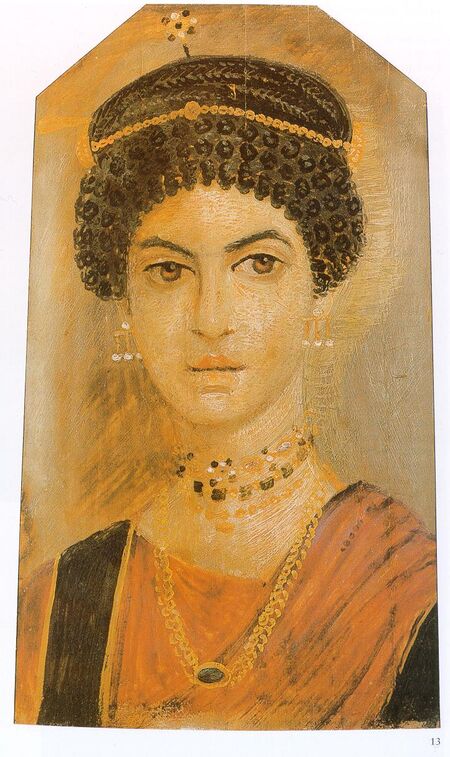John Atkinson Grimshaw (6 September 1836 13 October 1893) was a
Victorian-era artist, a "remarkable and imaginative painter" known for
his city scenes and landscapes.
He was born 6 September 1836 in Leeds. In 1856 he married his cousin Frances Hubbard (1835-1917). In 1861, at the age of 24, to the dismay of his parents, he departed from his first job as a clerk for the Great Northern Railway to pursue a career in art. He began exhibiting in 1862, under the patronage of the Leeds Philosophical and Literary Society, with paintings mainly of birds, fruit, and blossoms.He became particularly successful in the 1870s and was able to afford to rent a second home in Scarborough, which also became a favourite subject.
Grimshaw's primary influence was the Pre-Raphaelites. True to the Pre-Raphaelite style, he put forth landscapes of accurate color and lighting, and vivid detail. He often painted landscapes that typified seasons or a type of weather; city and suburban street scenes and moonlit views of the docks in London, Leeds, Liverpool, and Glasgow also figured largely in his art. By applying his skill in lighting effects, and unusually careful attention to detail, he was often capable of intricately describing a scene, while strongly conveying its mood. His "paintings of dampened gas-lit streets and misty waterfronts conveyed an eerie warmth as well as alienation in the urban scene."
Grimshaw´s paintings depicted the modern world but managed to escape the depressing, dirty reality of industrial towns. Shipping on the Clyde for instance, a depiction of Glasgow's Victorian docks, is a lyrically beautiful evocation of the industrial era. Grimshaw transcribed the fog and mist so accurately as to capture the chill in the damp air, and the moisture penetrating the heavy clothes of the few figures awake in the misty early morning.
Grimshaw died 13 October 1893, and is buried in Woodhouse cemetery, Leeds. His reputation rested, and his legacy is probably based on, his townscapes. The second half of the twentieth century saw a major revival of interest in Grimshaw's work, with several important exhibits of his canon.
[from Wikipedia]
Music by:Erik Satie
He was born 6 September 1836 in Leeds. In 1856 he married his cousin Frances Hubbard (1835-1917). In 1861, at the age of 24, to the dismay of his parents, he departed from his first job as a clerk for the Great Northern Railway to pursue a career in art. He began exhibiting in 1862, under the patronage of the Leeds Philosophical and Literary Society, with paintings mainly of birds, fruit, and blossoms.He became particularly successful in the 1870s and was able to afford to rent a second home in Scarborough, which also became a favourite subject.
Grimshaw's primary influence was the Pre-Raphaelites. True to the Pre-Raphaelite style, he put forth landscapes of accurate color and lighting, and vivid detail. He often painted landscapes that typified seasons or a type of weather; city and suburban street scenes and moonlit views of the docks in London, Leeds, Liverpool, and Glasgow also figured largely in his art. By applying his skill in lighting effects, and unusually careful attention to detail, he was often capable of intricately describing a scene, while strongly conveying its mood. His "paintings of dampened gas-lit streets and misty waterfronts conveyed an eerie warmth as well as alienation in the urban scene."
Grimshaw´s paintings depicted the modern world but managed to escape the depressing, dirty reality of industrial towns. Shipping on the Clyde for instance, a depiction of Glasgow's Victorian docks, is a lyrically beautiful evocation of the industrial era. Grimshaw transcribed the fog and mist so accurately as to capture the chill in the damp air, and the moisture penetrating the heavy clothes of the few figures awake in the misty early morning.
Grimshaw died 13 October 1893, and is buried in Woodhouse cemetery, Leeds. His reputation rested, and his legacy is probably based on, his townscapes. The second half of the twentieth century saw a major revival of interest in Grimshaw's work, with several important exhibits of his canon.
[from Wikipedia]
Music by:Erik Satie


Δεν υπάρχουν σχόλια:
Δημοσίευση σχολίου